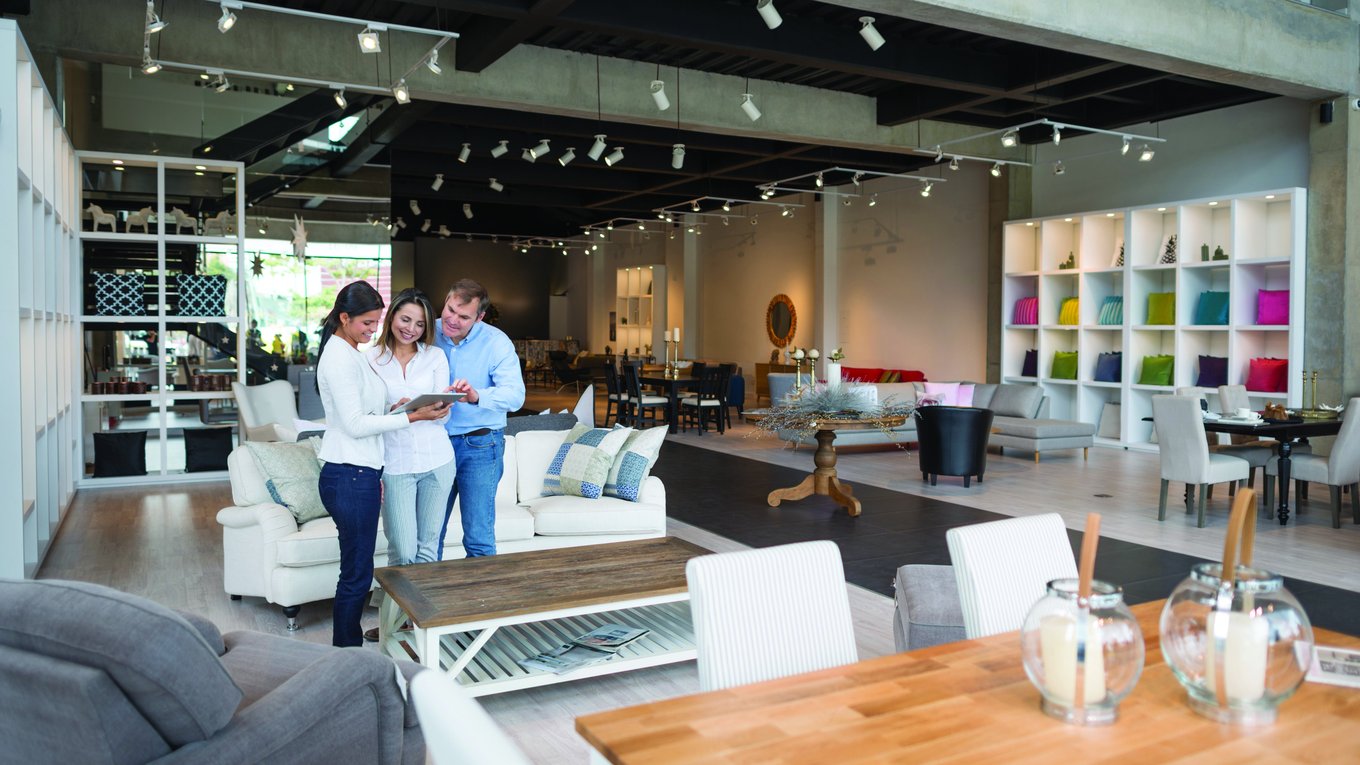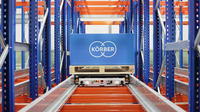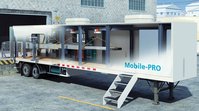
Consumer buying habits are also changing, from “whole room” investment purchases, towards more affordable one-piece orders that will be replaced within a few years as design trends change.
Online retailing has shortened buying cycles and expected delivery times, all whilst demand for customization remains high. With colors and textures less easy to distinguish on a screen, product return rates have also increased.
All these factors have completely changed the dynamics of furniture supply chain management, increasing delivery pressures and restricting profit margins. The furniture business is no longer just about fulfilling demand, but anticipating it.
Industry challenges
Today’s consumers want choice, flexibility, ease of purchase and fast, accurate delivery. This presents challenges to the furniture sector in terms of size, weight and import lead times. For “ready-to-assemble” items, customers expect the choice of delivery “as-is” or with assembly at site. For more fragile or expensive items, a tailored “white-glove” delivery service may be required.
Storage involves significant warehouse space for a single item, plus the risk of damage from forklifts and other equipment means furniture often needs to be manually handled.
Transportation modes and stages need to be minimized, and furniture items are normally clustered together for shipment, as they may be damaged by other commodities. High freight and import charges for furniture impact profitability.
At point of delivery, at least two people are needed for loading and offloading. Specific dates and times need to be set, to ensure the recipient is present for delivery. This in turn mandates adherence to stringent delivery schedules.
The Körber difference
Körber has a proven track record in meeting the complexities of furniture supply chain management. With our help, you will streamline your operations from sourcing to delivery, eliminating any unnecessary product movement or process steps.
You gain complete visibility of incoming goods, achieving the right product mix, quick turnarounds and reduced storage requirements. With shorter delivery times you minimize your costs and improve customer satisfaction. You can quickly and easily adapt to our flexible, extensible platform, and integrate smoothly with other systems.































